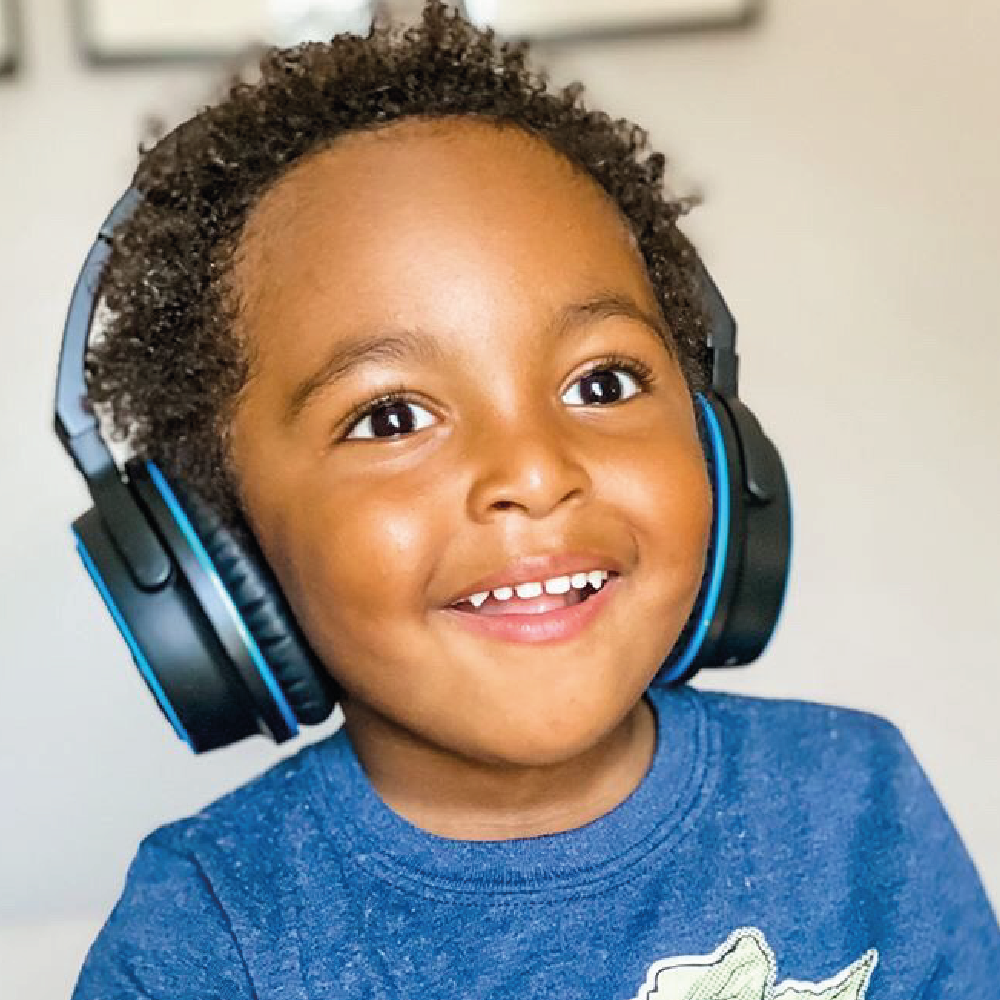
Picture this: a child, previously locked in the silent world of autism, suddenly lights up at the sound of a familiar melody. This isn't just a heartwarming scene; it's a testament to the transformative power of music. For children with autism, rhythms and melodies can be more than just sounds—they can be pathways to connection, communication, and cognitive growth.
The Neuroscience of Music and Autism
Autism Spectrum Disorder (ASD) is a complex neurodevelopmental condition characterized by challenges in social interaction, communication, and repetitive behaviors. Traditional therapies have made significant strides, but the integration of music therapy has opened new avenues for development. Neuroscience reveals that music activates multiple areas of the brain, including those involved in emotion, memory, and motor control. This makes it a potent tool for engaging children with autism.
Studies have shown that music can help improve language skills, reduce anxiety, and enhance social interactions in children with ASD. The rhythmic and repetitive nature of music can provide a sense of structure and predictability, which is often comforting for individuals on the spectrum.
Innovative Technologies in Music Therapy
In recent years, technology has revolutionized music therapy for autism, making it more personalized and accessible. Virtual reality (VR), apps, and AI-powered music composition tools are at the forefront of this innovation. These technologies are not just enhancing traditional methods but are creating entirely new therapeutic experiences.
Virtual reality, for instance, offers immersive environments where children can interact with musical elements in a controlled, engaging setting. This can help them practice social skills, improve motor coordination, and even reduce sensory overload. Apps designed for music therapy provide interactive and customizable experiences, allowing therapists to tailor sessions to each child's needs.
AI-powered music composition tools are another exciting development. These tools can create personalized music tracks based on a child's preferences and therapeutic goals. By analyzing data from previous sessions, AI can adapt the music to better suit the child's mood and progress, making each session more effective.
Real-World Applications and Success Stories
One of the most compelling aspects of music therapy is its real-world impact. Take, for example, the story of a young boy named Alex. Diagnosed with autism at an early age, Alex struggled with communication and social interaction. His parents decided to try music therapy, incorporating both traditional methods and innovative technologies.
Using a combination of VR and AI-powered music tools, Alex's therapists created a personalized program that included interactive musical games and customized compositions. Over time, Alex began to show remarkable improvements. He started to make eye contact, his vocabulary expanded, and he became more comfortable in social settings.
Another success story comes from a school that implemented a music therapy app designed for group sessions. The app allowed children to participate in musical activities together, fostering a sense of community and improving their social skills. Teachers reported that students were more engaged and cooperative, and parents noticed positive changes at home as well.
Exploring SOUNDSORY: A Multi-Sensory Approach
Among the many innovative products available, SOUNDSORY stands out for its multi-sensory approach to music therapy. This home-based program combines specially designed music with neuro-acoustic modifications and movement-based exercises. The goal is to improve both motor and cognitive abilities in children and adults.

SOUNDSORY is a 30-minute daily program that spans 40 days. It offers a structured yet flexible approach, making it easy for families to integrate into their daily routines. The combination of music and movement helps stimulate different parts of the brain, promoting overall development.
The Future of Music Therapy for Autism
The future of music therapy for autism is incredibly promising, thanks to ongoing advancements in technology. Researchers are continually exploring new ways to harness the power of music to support individuals with autism. One exciting area of development is the use of biofeedback in music therapy. By monitoring physiological responses such as heart rate and brain activity, therapists can gain real-time insights into how a child is responding to the music. This data can then be used to adjust the therapy in real-time, making it even more effective.
Another promising avenue is the integration of music therapy with other therapeutic approaches. For example, combining music therapy with speech therapy can enhance language development, while integrating it with occupational therapy can improve motor skills. The possibilities are endless, and the potential benefits are immense.
Moreover, as technology continues to evolve, music therapy will become more accessible to families around the world. Apps and online platforms can bring high-quality, personalized music therapy to homes, schools, and communities, making it easier for children with autism to access the support they need.
Empowering Families and Educators
For families and educators, understanding the benefits of music therapy and how to incorporate it into daily life can be empowering. Simple activities like singing songs, playing musical instruments, or even listening to music together can have a profound impact on a child's development. Resources such as the Bright Autism Blog offer valuable insights and tips for integrating music therapy into everyday routines.
Educators can also play a crucial role by incorporating music therapy into their teaching strategies. Schools can invest in music therapy programs and technologies, providing students with autism the opportunity to benefit from these innovative approaches. Training teachers to use music therapy tools can create a more inclusive and supportive learning environment.
Ultimately, the goal is to create a world where every child with autism has the opportunity to reach their full potential. By embracing the power of music and leveraging the latest technologies, we can make significant strides in achieving this vision.
In the end, the magic of music lies not just in its melodies and rhythms, but in its ability to touch hearts and minds. For children with autism, music can be a bridge to a brighter, more connected future. As we continue to explore and innovate, we can look forward to a world where every child, regardless of their abilities, can experience the joy and benefits of music.





Leave a comment